
This logo isn't an ad or affiliate link. It's an organization that shares in our mission, and empowered the authors to share their insights in Byte form.
Rumie vets Bytes for compliance with our
Standards.
The organization is responsible for the completeness and reliability of the content.
Learn more
about how Rumie works with partners.
Did you know that you can relax and focus by listening to noise?
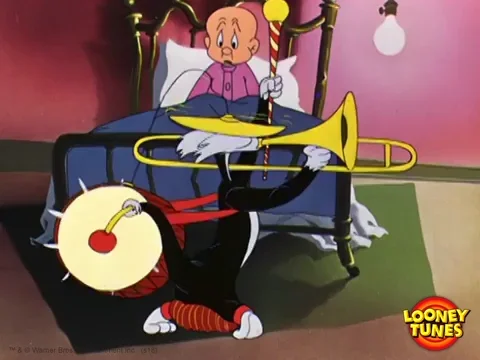
Okay, so maybe this isn't true for all noises, but using noise colors is a great way to focus!
Similar to how candy comes in different flavors, noises come in different sound combinations.
The combination of sounds creates different colors, and those colors can be used for different things, like focusing!
What Are Noise Colors?
Noises are collections of sounds.
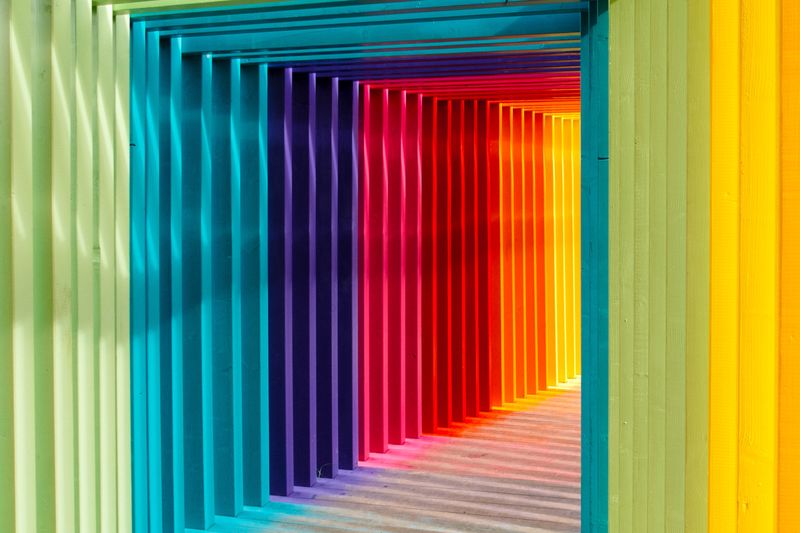 Photo by Robert Katzki on Unsplash
Photo by Robert Katzki on UnsplashColors are used to describe the sound frequencies that we hear.
Frequencies are typically described as high or low, and noise colors are a combination of different types of frequencies.
This video shows an audible progression from low to high frequencies.
How to Use Noise Colors
Noise colors are intended to be used as background sounds.

You can use them to help you focus and relax!
Three noise colors — white, pink, and brown — are best used for this purpose.
White Noise
White noise has no pattern and is a mix of all sound frequencies humans can hear.
Creation: High and low sound frequencies are evenly played at the same time and create a static sound.

Examples of white noise sounds include:
Television static
Radio static
Fans
Air conditioner humming
Radiators
Constant running water
Vacuum cleaner
Pink Noise
Pink noise is the second most popular color after white noise.
Creation: Pink noise uses more low frequencies than white noise.
Frequencies switch between high and low but the overall sound is consistent and even.
Pink noise is compared to altered sounds of nature and creates steady background sounds.
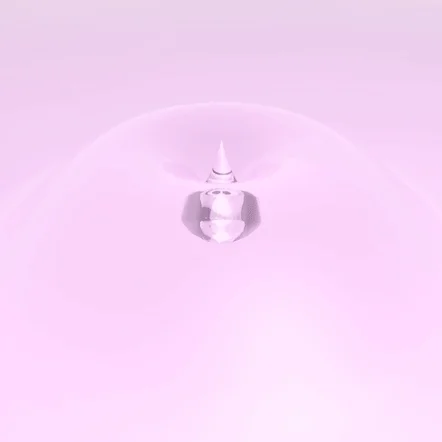
Examples of pink noise sounds include:
Wind blowing
Steady rain falling
Leaves rustling in the wind
Heartbeat sounds
Calm ocean waves
Brown Noise
Brown noise has the lowest frequencies when compared to pink and white noise.
It's also known as "Brownian noise" and uses deeper, stronger frequencies to create a "bassier" sound.
Creation: Like white noise, brown noise generates sound randomly but has a lower frequency energy.
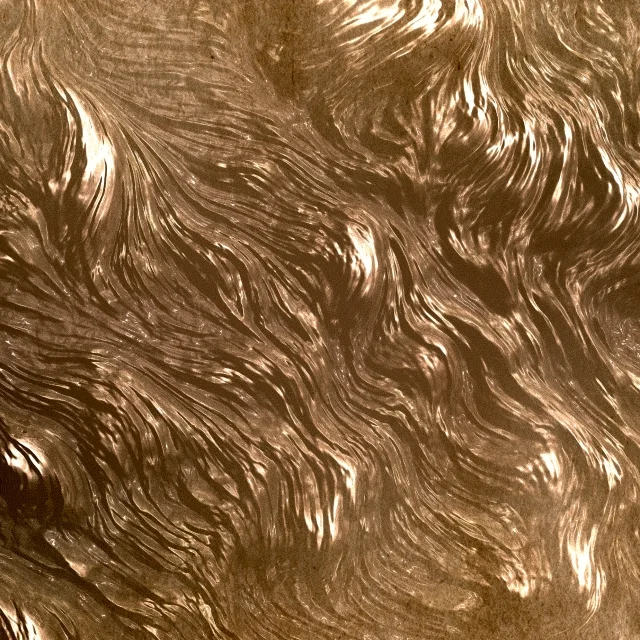
Examples of brown noise sounds include:
Heavy rain
Thunder
Crashing waves
Rumbles of strong winds
What's With All This Noise?
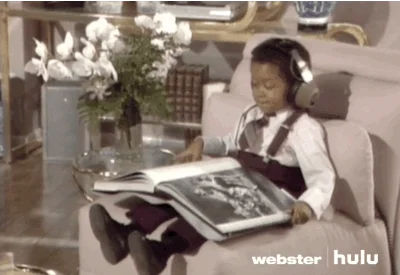
Like many things in life, a noise color that one person finds to be helpful may not have the same effect on another person.
It's a good idea to try each color of noise to see what works best for you!
This video offers a comparison of the three noise colors explained in this Byte:

How to find noise colors
You can find noise color sounds through the following apps and devices:
Sound machines

How to listen to noise colors
You can listen to noise colors with:
Headphones, best used in areas with distractions and other sounds.
NOTE: Be mindful of the volume set
for your headphones to avoid
hearing loss.
Speakers, best used when you're alone or in a quiet area.
Time to Practice

Abdul is a second-year college student.
He's been feeling anxious about doing well on one of his final exams, and his anxiety has also made it harder to concentrate while studying.
Quiz
Which noise color might help calm Abdul's feeling of anxiousness?
Brown noise has the lowest frequency with a heavier, "bassier" sound. It's believed to be good at assisting with calming anxiety and boosting concentration.
Take Action

Take these steps to further your ability to focus!
This Byte has been authored by
Doyin Idowu
Learning Management System Administrator


